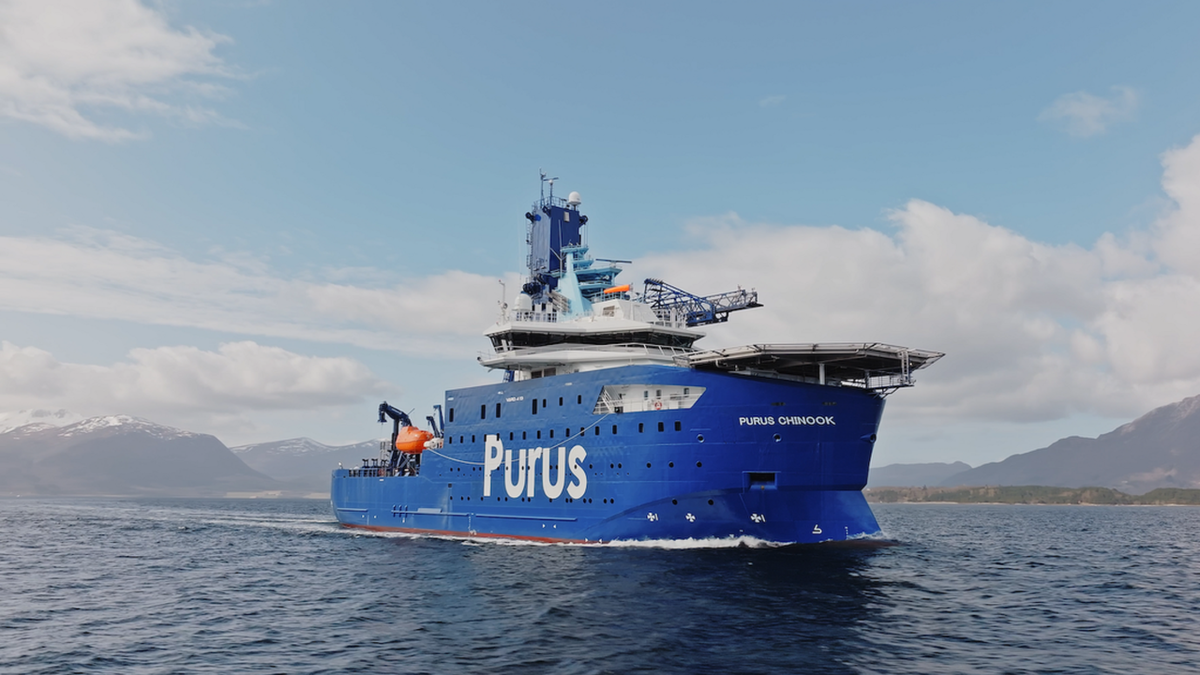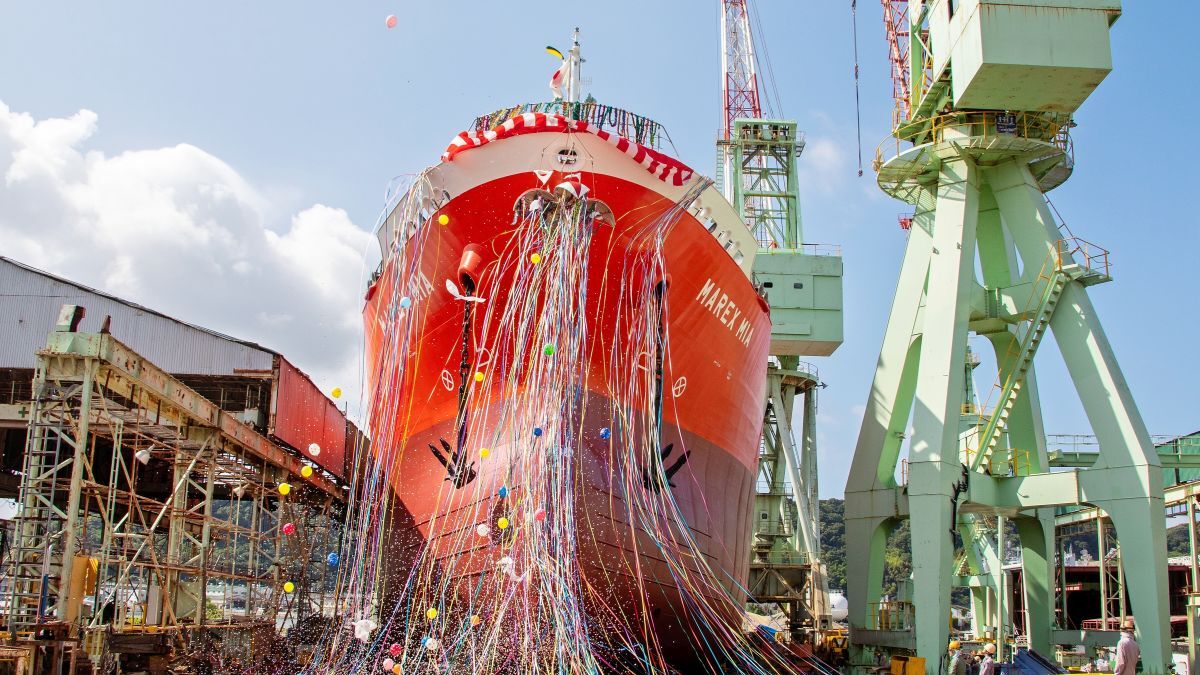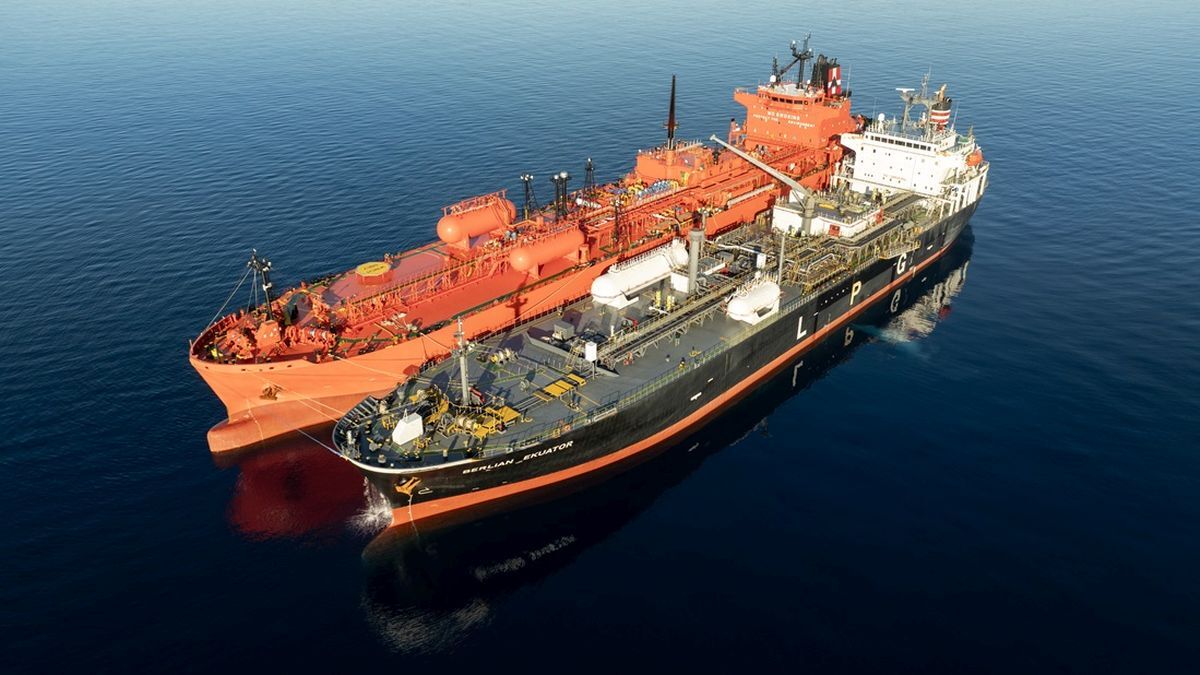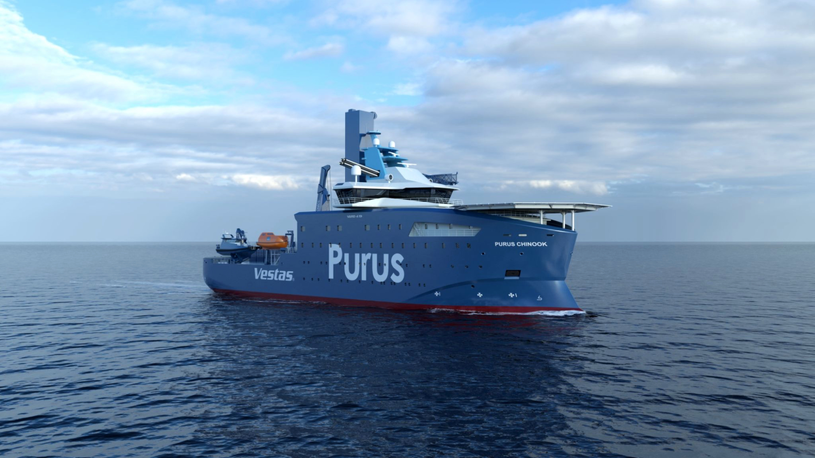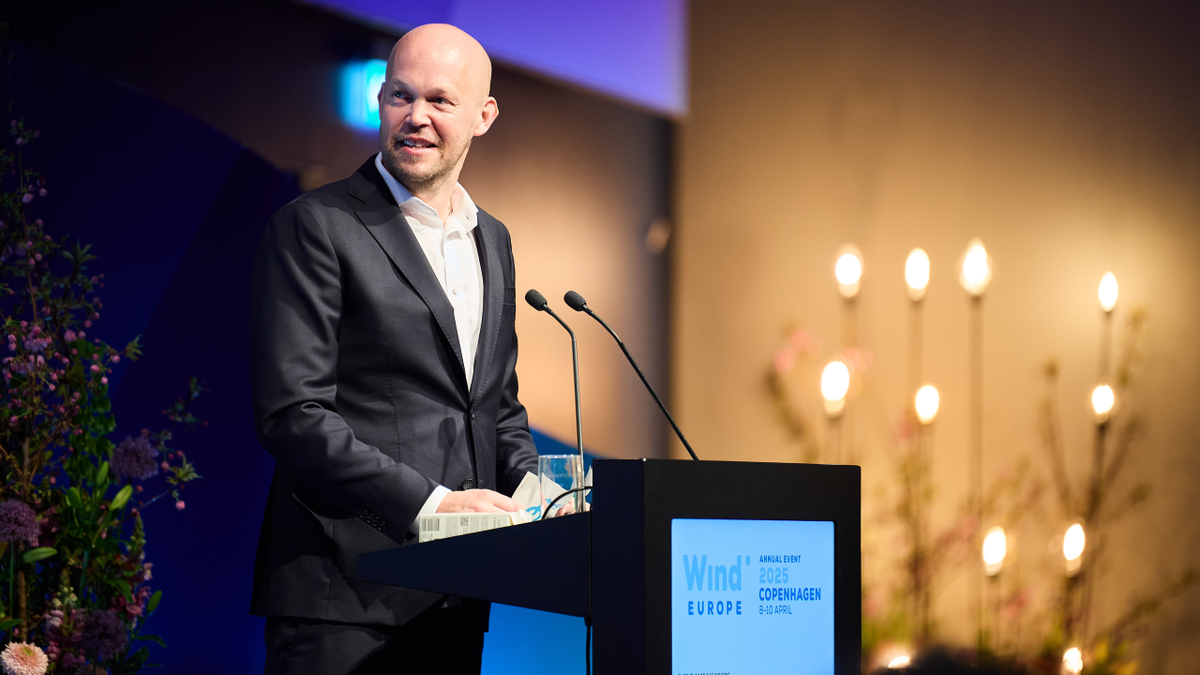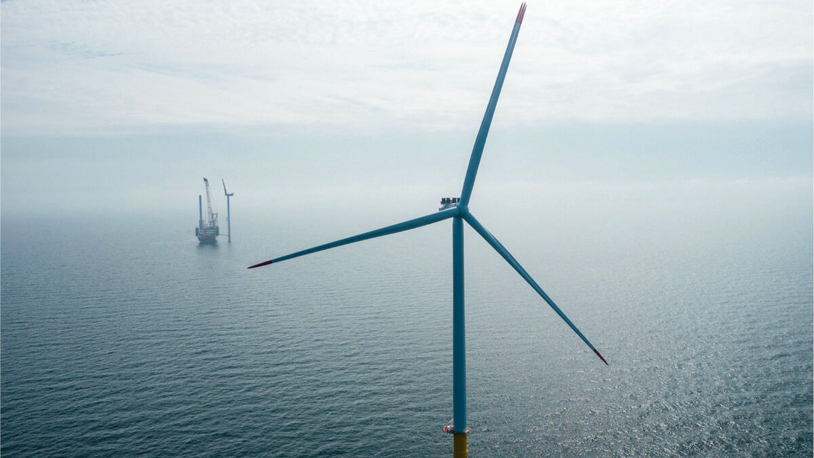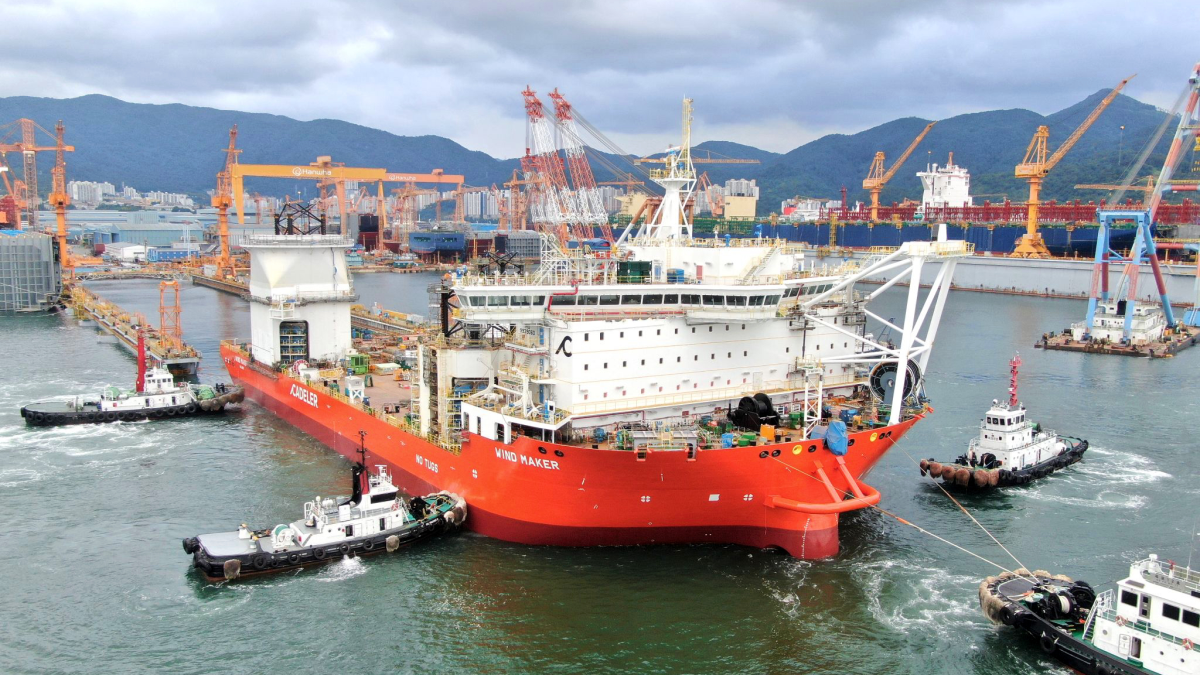Business Sectors
Events
Contents
Germany ‘risks further auction failures’ if it doesn’t quickly adopt CfDs
WindEurope says the German Government needs to act quickly to ensure a new regime is in place for its next auction for offshore wind, or risk that auction failing
In a review of how European countries where auctions have failed are switching to two-way contracts for difference (CfDs), WindEurope said the reason they have failed is primarily the use by governments of ‘negative bidding,’ the idea that offshore wind developers should pay for the right to build windfarms, which has undermined investment in offshore wind.
Germany runs its offshore wind auctions with uncapped negative bidding. For sites that are not centrally pre-developed, projects are awarded based on price only, meaning the developer who offers to pay the most for the right to build wins. For centrally pre-developed sites Germany combines negative bidding with non-price criteria.
The latest German offshore wind auction failed, and did not secure single bid. WindEurope said this is because the country’s auction design is not ‘future-proof’ and places excessive and uncontrollable risks on offshore wind developers. It doesn’t account for the current market environment and investment conditions. “Without a course correction, the upcoming 2026 auctions may fail as well,” says WindEurope.
Fortunately, the German Economics Ministry has reacted to the failed auction and announced that it will replace uncapped negative bidding with CfDs. But as WindEurope notes, the Government needs to complete the necessary amendments to the Offshore Wind Energy Act and other regulations quickly, if CfDs are to be applied in auctions in 2026.
“Only then can offshore wind continue to deliver on its promise of secure, affordable, and climate-friendly electricity for Germany and create jobs and added value across the country,” WindEurope said. A German study suggest that CfDs can reduce generation costs by up to 30%, providing the foundation for competitive electricity prices for Germany’s consumers, households and industry alike.
Denmark failed to attract any bids in its 2024 offshore wind auction due to negative bidding. As an initial reaction, the Danish Government announced that the upcoming tender for three sites with a total capacity of 3 GW will offer CfDs. The auction design for the prestigious Bornholm Energy Island has not been decided yet.
Much of the electricity produced by new offshore windfarms will be for export rather than for domestic consumption. This makes Denmark a special case. Government and industry are now discussing a market-driven scheme, which could entail concession payments or seabed leases of some sort.
In the Netherlands the government proposed a new ‘Action Plan for Offshore Wind,’ waving goodbye to negative bidding for offshore wind. Instead, the Government is also preparing legislation to introduce CfDs. The first tender with CfDs could be in mid-2027. It is also exploring the development of a guarantee fund to support the conclusion of power purchase agreements. “With these measures,” said WindEurope, “the Government is responding to rising costs, inflation, supply chain challenges, and risk concerns in offshore wind.
“Offshore wind was about to come to a standstill in the Netherlands, but as an immediate measure, it launched ‘Temporary Support of Offshore Wind (TOMOZ),’ which allocates €1Bn out of the Dutch climate fund to support the build-out of 2 GW of offshore wind capacity in 2026. The TOMOZ will function as a bridging measure until the CfDs are fully implemented.
The Dutch offshore wind industry has called on the Government to provide a long-term budget in the form of an offshore wind fund for all income and expenditure from offshore wind CfDs. The Government should also ramp up the electrification of the Dutch economy. Additional electricity demand from electrification will keep the costs of offshore wind as low as possible.
WindEurope said it is ‘good news’ that the Government is already weighing the option of offering CfDs for investments in electrification.
“The three Governments that have been running negative bidding auctions for offshore are now moving to CfDs. They are right to do so: negative bidding makes offshore wind more expensive,” said WindEurope.
“It means higher upfront costs and higher financing costs. And these additional costs are passed on to consumers and/or the wind energy supply chain. Negative bidding may seem a short-term gain to finance ministries, but it’s a long-term cost for society,” said Giles Dickson, WindEurope chief executive.
“Finland, Sweden, Latvia, and Estonia are still considering negative bidding for their offshore wind auctions as and when they run them. They have only 250 MW of offshore wind between them today.”
Related to this Story
AI, digital twins help design cyber-secure, green SOVs
Events
Offshore Support Journal Conference, Americas 2025
LNG Shipping & Terminals Conference 2025
Vessel Optimisation Webinar Week
© 2024 Riviera Maritime Media Ltd.



